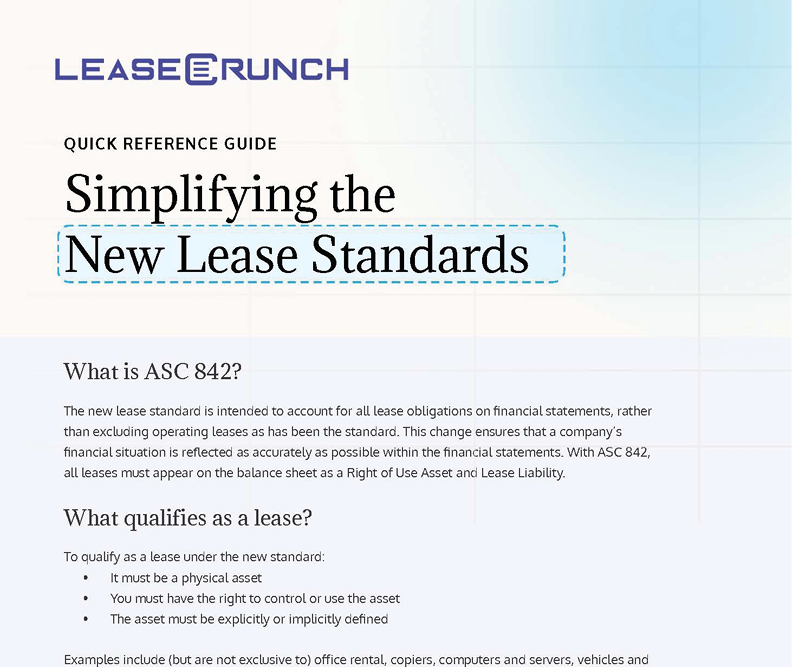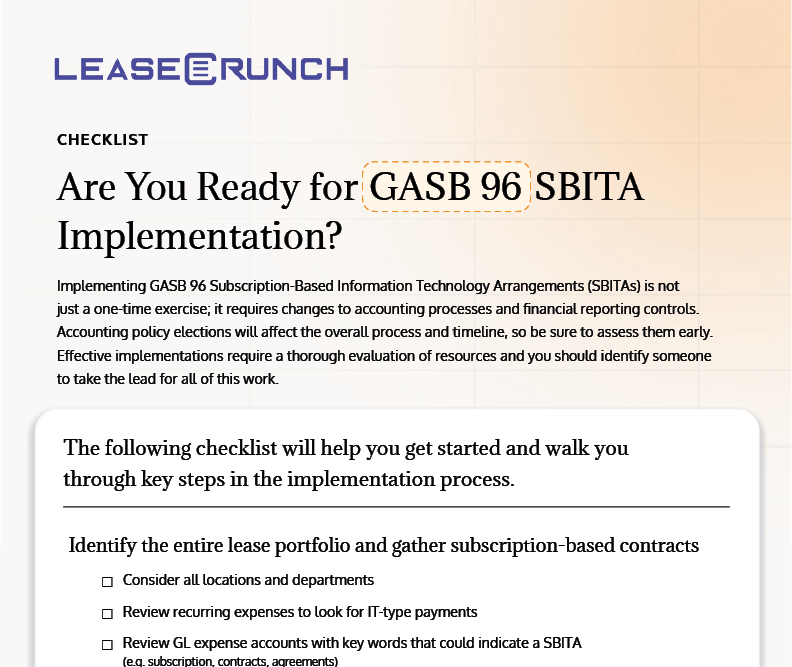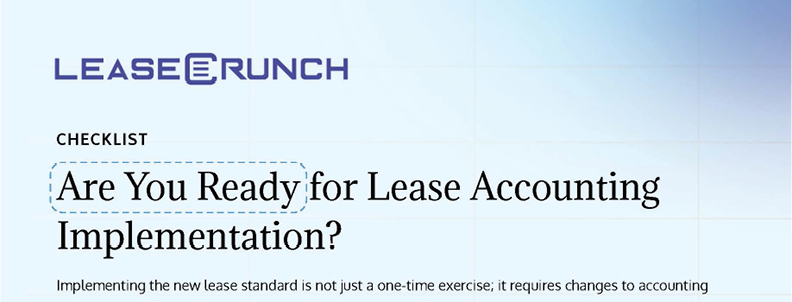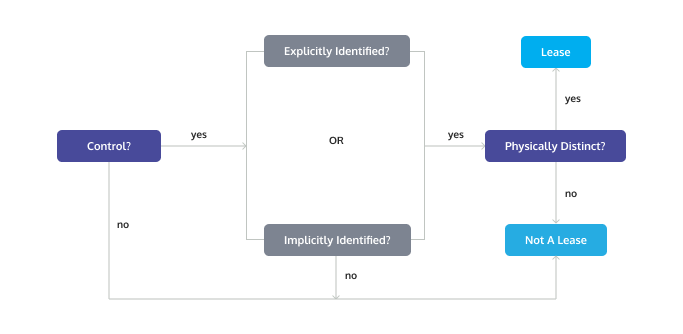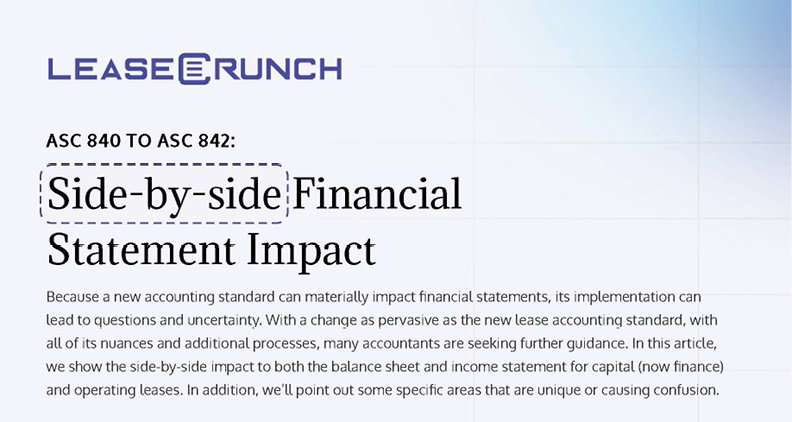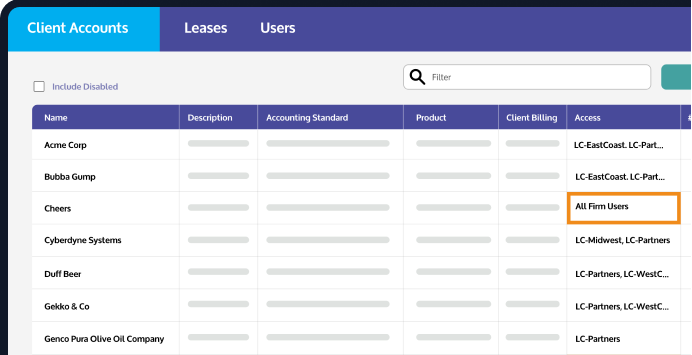Lease accounting changes are always afoot. The most important changes related to CAM (common area maintenance) accounting, lease accounting journal entries, you name it, are the new lease accounting standards ASC 842, GASB 87 and GASB 96 in the U.S., and IFRS 16 internationally.
In this guide, we will go over everything you need to know now that the lease accounting standards are effective.
If you’re looking for new lease guidance, you’ve come to the right place. Let’s hop right in.
